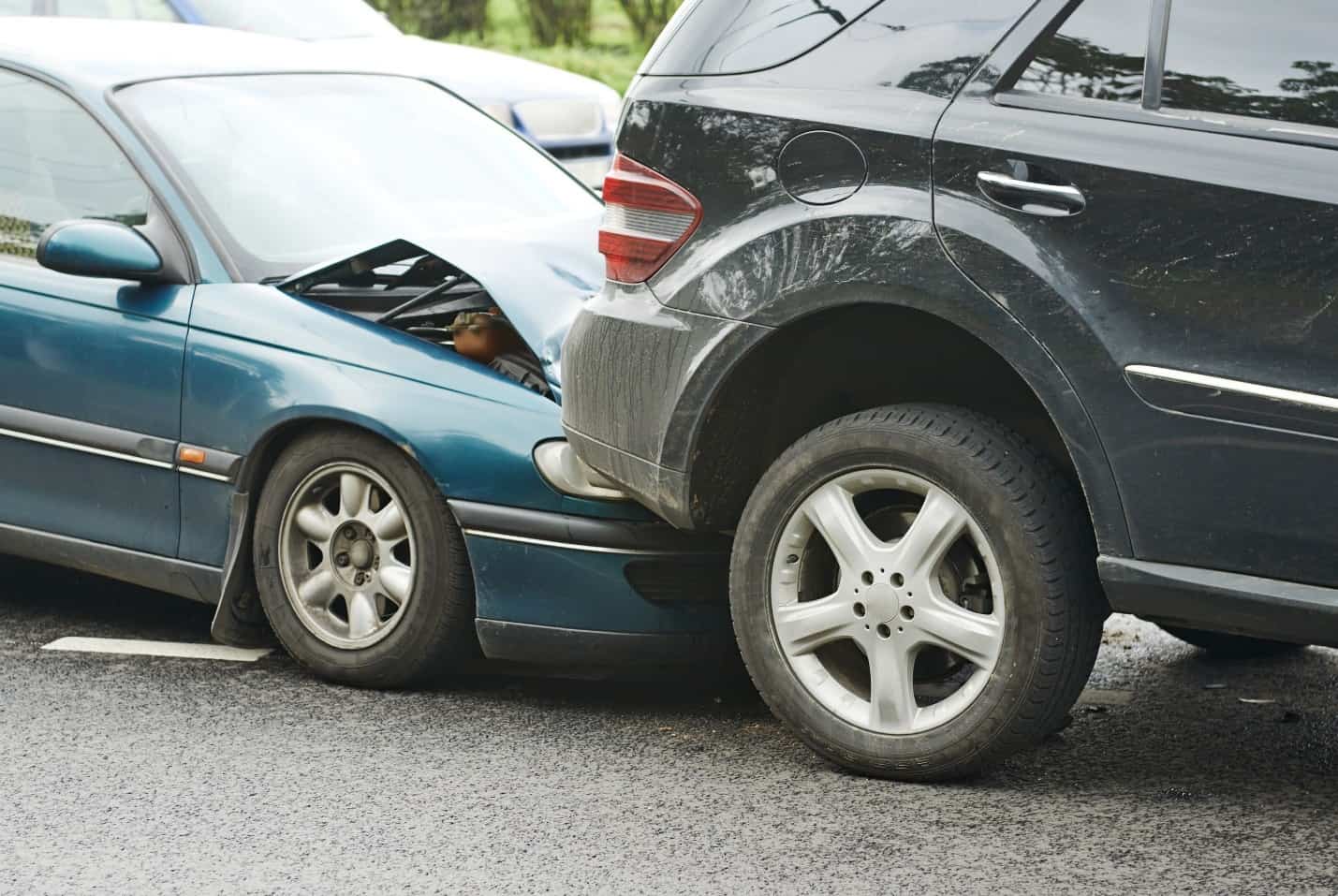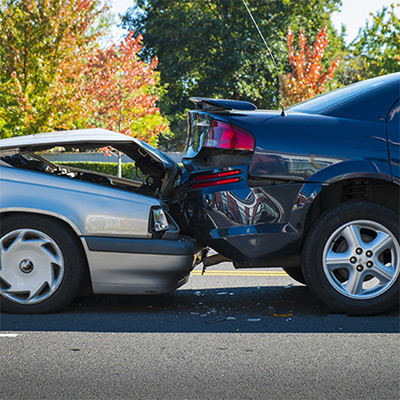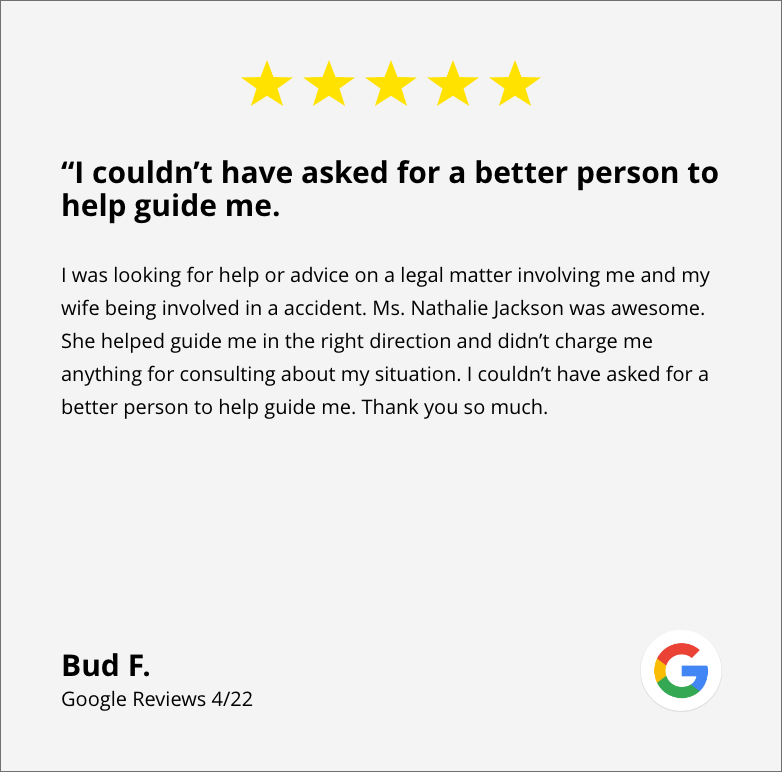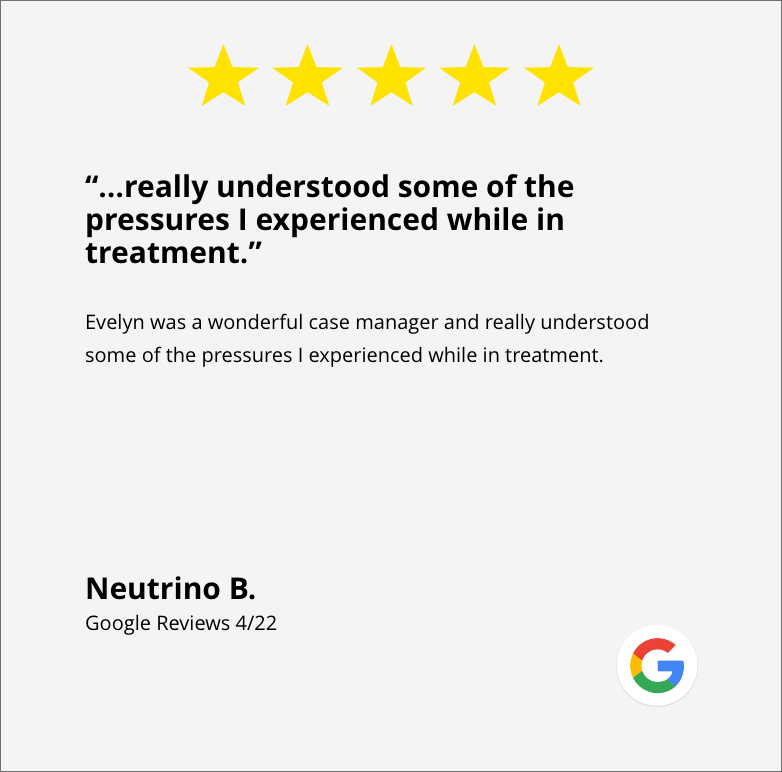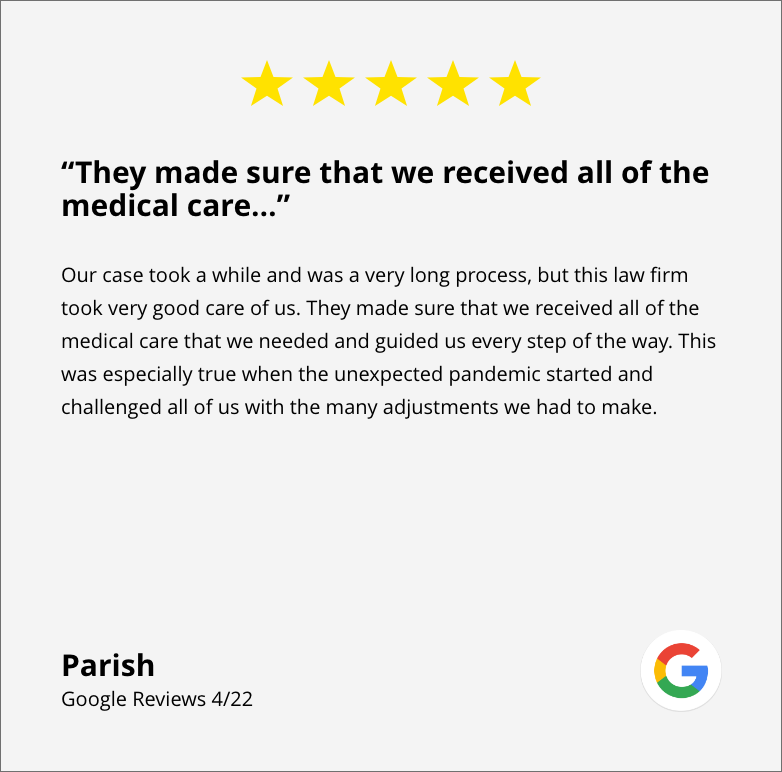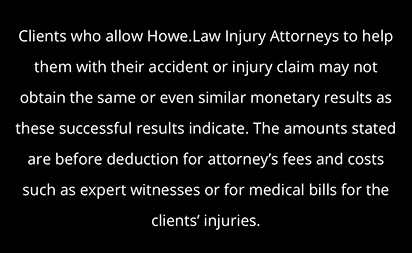Experiencing a car accident can leave lasting emotional scars, one of the most common being a fear of driving. This fear, often referred to as “driving anxiety,” can make it difficult to return to the road and regain a sense of normalcy.
The emotional impact can create significant barriers to overcoming this fear, whether the accident was minor or severe.
This article will explore strategies for dealing with a fear of driving after an accident, helping individuals regain their confidence and independence behind the wheel.
Understanding the Fear of Driving Post-Accident

Experiencing a car accident can lead to significant psychological distress, resulting in a fear of driving. This fear is not uncommon, and it can severely impact an individual’s life, mobility, and independence.
Understanding the roots of this fear is the first step toward overcoming it.
After an accident, individuals often experience a myriad of emotional and psychological reactions.
These can include feelings of vulnerability, anxiety, and even post-traumatic stress disorder (PTSD). The trauma of the incident can linger, triggering an overwhelming sense of apprehension every time one thinks about getting behind the wheel.
The aftermath of an accident can also lead to a loss of confidence in one’s driving abilities, exacerbating the fear and creating a cycle of avoidance. Howe Law is here to help you through the legal process and support you as you work toward overcoming this fear and getting back on the road.
Psychological Impact of a Car Accident
The psychological impact of a car accident varies from person to person. For some, the event may lead to short-lived anxiety, while others may grapple with long-lasting fears that disrupt their daily lives.
The traumatic experience can manifest in different forms, including heightened vigilance, avoidance behavior, and symptoms that resemble PTSD. It is not uncommon for individuals to develop a hyper-awareness of their surroundings, constantly scanning for potential dangers while driving or even as a passenger.
Individuals may find themselves ruminating about the accident, experiencing flashbacks, or feeling a heightened sense of fear when driving or even when a car approaches. This psychological toll can extend beyond driving, affecting social interactions, career opportunities, and overall quality of life.
Relationships may become strained as loved ones struggle to understand the depth of the fear, leading to feelings of isolation for the individual affected.
Additionally, the fear of driving can hinder one’s ability to participate in social events or work commitments, further perpetuating a cycle of anxiety and withdrawal.
Common Symptoms of Driving Anxiety
Driving anxiety can present itself in a variety of ways. Recognizing these symptoms is crucial for those seeking to manage and mitigate their fear. Some of the common symptoms include:
- Palpitations or racing heart
- Sweating or trembling
- Dizziness or lightheadedness
- Nausea
- A sense of impending doom
- Difficulty concentrating while driving
- Avoidance of specific routes or driving altogether
These symptoms can create a feedback loop, where the fear of driving leads to anxiety, which in turn reinforces the fear. Understanding these manifestations is the first step toward taking control.
Furthermore, it’s essential to recognize that these symptoms can vary in intensity; some individuals may experience mild discomfort, while others may find themselves completely immobilized by their fear.
This variability can make it challenging for individuals to seek help, as they may feel that their experiences are not severe enough to warrant concern.
Steps to Overcome Driving Anxiety
Overcoming driving anxiety requires a multifaceted approach. Acknowledging one’s fears and taking actionable steps toward regaining confidence on the road is essential. Here are some steps that can be effective in addressing this challenge.
Acknowledging Your Fear
The first step in overcoming fear is acknowledging it. Denying or minimizing the fear can worsen symptoms. Recognize that feeling anxious about driving after an accident is valid.
Journaling can be an effective tool for self-reflection.
Write down specific fears related to driving, triggers that exacerbate those fears, and any instances where the fear is alleviated. This awareness is a powerful step toward managing anxiety. Additionally, consider sharing your feelings with trusted friends or family members.
Their support can provide reassurance and help normalize your experiences, making it easier to confront your fears.
Seeking Professional Help
Sometimes, the best way to address driving anxiety is to seek help from a mental health professional. Therapists trained in cognitive behavioral techniques can provide strategies that are specifically tailored to one’s experiences and fears.
Therapy can help individuals process their trauma, understand underlying issues, and develop coping strategies. Professional support can facilitate a faster and deeper healing journey.
Furthermore, joining a support group for individuals facing similar challenges can foster a sense of community and shared understanding. This allows for the exchange of tips and encouragement that can be invaluable in recovery.
Gradual Exposure to Driving
Gradual exposure is a well-established technique for gradually increasing exposure to the feared situation in this case, driving. To build confidence, start with short, manageable trips. Choose familiar and less congested routes.
As comfort increases, gradually extend the duration and complexity of drives. This gradual approach allows one to desensitize anxiety-provoking stimuli and build a sense of proficiency and control.
Consider incorporating mindfulness techniques during drives, such as focusing on your breath or engaging in positive self-talk, to help maintain calmness and reduce anxiety.
Additionally, practicing driving with a trusted companion can provide an added support layer, allowing for a more relaxed experience as you navigate your fears together.
Role of Therapy in Overcoming Driving Fear
Therapy can play a crucial role in addressing driving fear. Different therapeutic modalities can provide the tools and support needed to regain confidence on the road.
Cognitive Behavioral Therapy (CBT)
Cognitive Behavioral Therapy is particularly effective in treating anxiety-related disorders, including driving anxiety. CBT focuses on identifying negative thought patterns and replacing them with constructive thoughts.
This therapy assists individuals in reframing their perceptions of driving, teaching them to view it as safe and manageable. Through structured exercises, individuals learn to confront their fears systematically, ultimately leading to improved driving capabilities.
Additionally, CBT often incorporates exposure therapy, where clients gradually face their fears in a controlled environment, such as sitting in a parked car or taking short drives with a trusted companion.
This gradual exposure helps desensitize individuals to their anxiety triggers, making the prospect of driving less daunting over time.
Eye Movement Desensitization and Reprocessing (EMDR)
EMDR is another valuable therapeutic approach, especially for those who have experienced trauma. This technique emphasizes the reprocessing of traumatic memories associated with the accident.
Through guided eye movements, EMDR helps reduce the emotional intensity of distressing memories, paving the way for individuals to feel more secure when thinking about driving. Many clients report significant improvements in their anxiety levels following EMDR treatment.
Furthermore, EMDR sessions often include the development of positive beliefs about oneself and one’s driving abilities, which can be transformative.
As individuals process their trauma, they may also uncover underlying issues related to self-esteem or control, allowing for a more holistic approach to healing. This comprehensive method addresses the fear of driving and fosters greater empowerment and resilience in various aspects of life.
Self-Help Techniques for Driving Anxiety

While professional help is invaluable, self-help strategies play a critical role in managing driving anxiety effectively. Incorporating simple techniques into daily routines can significantly boost confidence and reduce fear.
Breathing Exercises and Relaxation Techniques
Learning to control one’s breath can have a profound impact on anxiety levels. Deep breathing exercises such as abdominal breathing promote relaxation and reduce symptoms of panic.
Techniques such as progressive muscle relaxation or mindfulness meditation can also be beneficial. Regular practice of these techniques can help individuals remain calm and focused while driving.
For instance, setting aside just a few minutes each day for mindfulness can create a habit of awareness that translates into a more relaxed state behind the wheel. Moreover, pairing these exercises with a calming playlist or nature sounds can enhance the relaxation experience, making it easier to transition into a driving mindset.
Positive Visualization and Affirmations
Visualization can be a powerful mental tool. Spend time imagining successful driving scenarios; picture yourself driving confidently and without fear.
Incorporating positive affirmations can reinforce this mindset. Repeating statements like “I am safe while I drive” or “I control my driving experience” can foster a sense of security and empowerment.
To enhance the effectiveness of these affirmations, consider writing them down and placing them in visible locations, such as on your dashboard or bathroom mirror. This constant reminder can help solidify the positive beliefs over time, making them a natural part of your thought process.
Additionally, sharing these affirmations with supportive friends or family can create a sense of accountability and encouragement, further bolstering your confidence as you prepare to face driving challenges.
Maintaining Progress and Preventing Relapse
Once individuals begin to make progress, it is important to maintain that momentum and prevent any setbacks. Developing a consistent routine and support system can be integral to this process.
Regular Practice and Consistency
Establishing a regular driving schedule can help reinforce comfort and confidence. The more frequently one practices driving, the more accustomed they become to the act. This consistency plays a significant role in drawing out the fear of driving.
Consider setting small, achievable goals such as driving to the grocery store or taking a short trip with a supportive friend. Celebrating these accomplishments reinforces positive behavior. Additionally, it can be helpful to keep a journal documenting each driving experience.
This records progress and allows individuals to reflect on their feelings and thoughts during each outing, helping them identify patterns and triggers that may need to be addressed.
Coping with Setbacks
Setbacks are a natural part of any recovery journey. It is essential to approach these moments without self-judgment.
If feelings of anxiety arise, recognize them and lean into the coping strategies that have been established. Techniques such as deep breathing, visualization, or grounding exercises can be particularly effective in managing acute anxiety during challenging moments.
Maintaining a flexible mindset allows for adjustments in practice and reinforces the understanding that progress can be nonlinear. It can also be beneficial to revisit and revise coping strategies periodically, ensuring they remain effective as one’s comfort level evolves.
Engaging in mindfulness practices can further enhance resilience, allowing individuals to stay present and focused rather than getting lost in overwhelming thoughts about the future.
Building a Support Network
A strong support network plays a vital role in recovery. Seek out friends or family who understand your fears and are willing to accompany you on drives or provide encouragement.
Their presence can provide reassurance and create a safe space for open discussions about fears and challenges faced during the driving process.
Joining support groups for individuals dealing with similar experiences can also be beneficial. Sharing stories and strategies can inspire and motivate you to overcome driving anxiety.
Online forums and local meetups can offer a sense of community, where individuals can exchange tips, celebrate milestones, and even practice driving together in a low-pressure environment.
This sense of camaraderie can be incredibly uplifting, reminding individuals that they are not alone in their journey and that collective experiences can foster healing and growth.
Conclusion
Navigating a fear of driving after an accident can be a daunting process, but understanding the psychological impacts and implementing a variety of strategies can facilitate recovery. Individuals can reclaim their confidence on the road by acknowledging fears, seeking professional help, and incorporating self-help techniques.
Remember, progress is a journey, and with ongoing effort and support, you can drive freely and confidently again.
Howe Law understands the emotional and psychological toll that accidents can take. We are here to help you navigate the legal process and support your journey toward healing and recovery.
Related Articles

